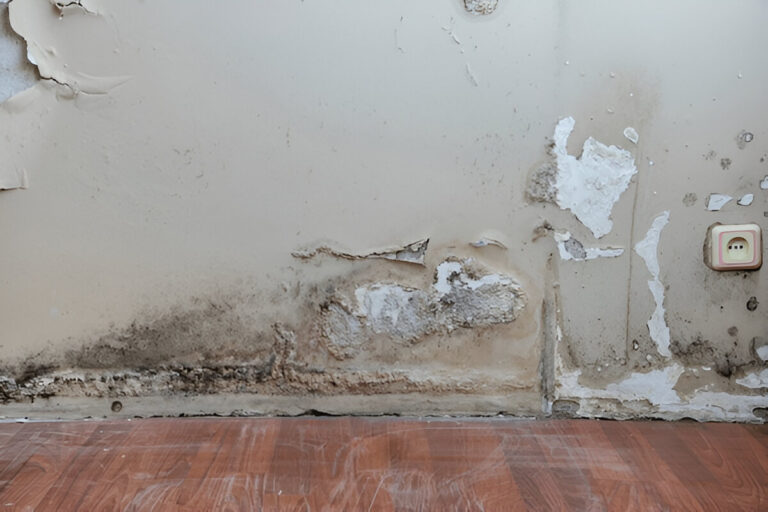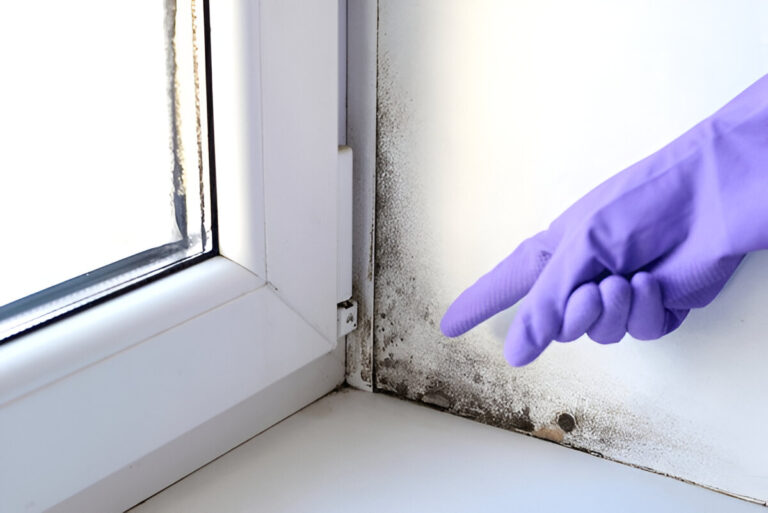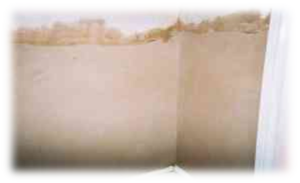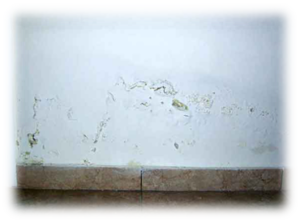Chemical Infusion
Professional Bathroom Tile Joint Repair and Waterproofing
Our specialized tile joint repair and bathroom waterproofing service in Navi Mumbai is designed to address leakage issues effectively without requiring the removal or dismantling of existing tiles.
Step 1: Reopening Tile Joints
To begin, all floor area tile or marble joints are carefully reopened using specialty power tools. The joints are widened to approximately 2 mm and deepened to 5 mm, ensuring proper penetration of the repair materials. Debris from the joints is then thoroughly removed using powerful suction tools, leaving the area clean and ready for treatment.
Step 2: Gravity Grouting
Once the joints are prepared, they are gravity grouted with our proprietary chemical mixture combined with filler material. This mixture is designed to seep into the leakage-causing pores and channels of the substrate between the tiles and the concrete floor slab. The bathroom floor is kept flooded with this mix to a depth of 10 to 15 mm and allowed to sit overnight (approximately 16 hours). This step ensures that the solution polymerizes within the substrate, creating an impermeable barrier that blocks leaks and prevents moisture infiltration — a trusted chemical infusion waterproofing service in Navi Mumbai.
Step 3: Residual Chemical Removal and Joint Sealing
The following day, any residual chemicals are mopped up, and the tile joints are resealed using a hard, durable, color-matching sealant. The sealant is enhanced with latex admixtures, providing superior adhesion and flexibility. To ensure optimal curing, the washroom will be kept dry and unused for a period of 24 hours.
Long-Term Benefits
This advanced procedure not only resolves current leakage issues but also prevents future rising damp in the internal walls of the same apartment. By forming a waterproof barrier below the tiles, we ensure the longevity and durability of your bathroom flooring without the need for invasive tile removal.
All in all, the client will receive a foolproof job with a formal warranty, delivered in just 72 hours. Compared to replacing the entire bathroom tiling to fix a leak downstairs, our process is much faster, less intrusive, and offers better value for money. Additionally, we provide a 2-year warranty on this service, though even jobs completed over 10 years ago continue to stand strong.
Trust our expertise to deliver efficient, non-disruptive solutions for all your bathroom waterproofing needs. Contact us today to learn more about our proprietary repair process.
What is Rising Dampness?
Rising damp in buildings occurs when groundwater flows vertically through permeable wall structures via capillaries in the masonry, acting like a wick.
The height of water rise depends on pore structure and evaporation rate. Fine pores allow water to rise higher than coarse pores, typically up to 1.5 meters.
However, in areas with reduced evaporation, such as behind impermeable surfaces or furniture, moisture can exceed 2 meters. This phenomenon highlights the importance of addressing rising damp effectively to protect building integrity.


The Symptoms...
Flaking paint, peeling wallpaper, a “musty” odour, and timber decay are among the most common symptoms of rising damp. Failure to treat the problem properly can result in a house that is unpleasant to live in and difficult to sell, so it is important to choose an effective method of treatment.
Our Treatment
We use a special damp-proofing cream that is introduced along the mortar course at regular intervals by injecting it into pre-drilled holes. The cream then diffuses before curing to form a continuous water-repellent barrier.
This prevents the damp from rising up the wall.If the existing mortar joint to be injected is found defective, it we will have to be repaired with fresh mortar in order to aid complete diffusion of the damp-proofing cream.
Replastering
In order to complete an effective damp-proofing system, it is extremely important that the new plasterwork which replaces the salt contaminated material resists the passage of residual moisture and contaminant salts from passing from the underlying substrate through to the new decorative surface.
This procedure is important because the underlying wall can take many months to dry down following damp-proofing, but more importantly, the base of the wall may always remain damp due to the inherent limitations of the actual injection damp-proof course. Finally it is important to understand that chemical damp proofing is a two step system to take complete effect. Step 1 – The injection of the DPC and, Step 2 – The Replastering.
Talk to us
Have any questions? We are always open to talk about waterproofing solutions and how we can help you.





